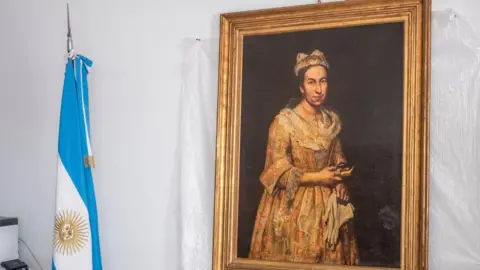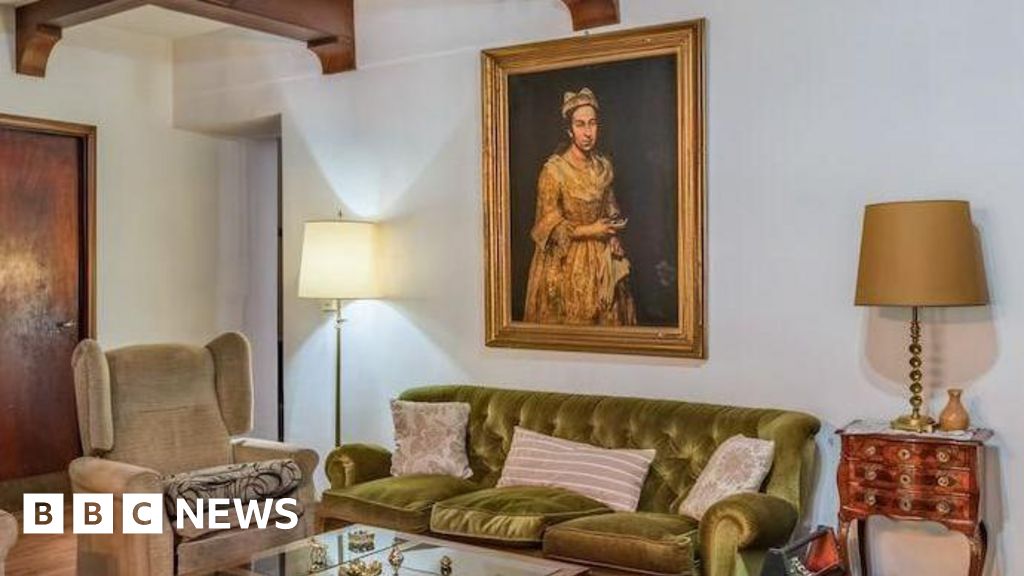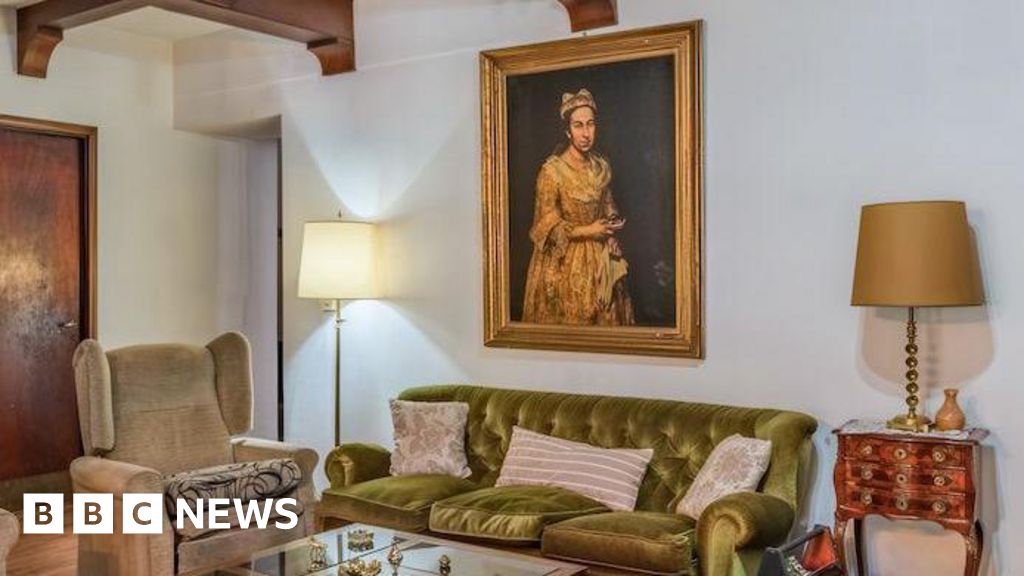In a surprising incident, a child has unexpectedly damaged an esteemed painting by renowned American artist Mark Rothko, valued at approximately €50 million (£42.5 million), while visiting the Museum Boijmans Van Beuningen in Rotterdam, Netherlands. This event took place during an "unguarded moment," according to a spokesperson from the museum, and the damage is described as "superficial," mainly consisting of small scratches visible in the unvarnished paint layer of the work titled Grey, Orange on Maroon, No. 8.
The museum is currently consulting with conservation experts both domestically and internationally to determine the best course of action for the restoration of this iconic piece. Museum representatives reassured the public that the painting, part of an exhibition showcasing popular works stored in the museum's Depot, will likely be displayed again following appropriate treatment.
According to Sophie McAloone, a conservation manager, modern art, particularly unvarnished paintings like Rothko's, are particularly vulnerable due to their materials and the nature of the pigments used. She noted that even minor damage can significantly alter the viewing experience of such pieces.
The implications of this incident extend beyond the museum walls, raising questions for other institutions, such as the V&A East and the British Museum, as they consider expanding access to their collections. Marketing manager Jonny Helm warned that while opening archives to the public is appealing, it must be balanced with the risks of damage that could arise.
Restoration efforts for Rothko's works are notoriously complex, especially due to his unique blend of pigments and mediums. It remains to be seen what approach conservators will take this time; however, the process will begin with assessing the damage and looking into past successful restoration methods.
This isn't the first time a Rothko painting has faced adversity; back in 2012, Rothko's 1958 piece Black on Maroon was intentionally vandalized at London's Tate Modern, resulting in a costly and lengthy restoration.
The situation also raises important considerations regarding art insurance policies, which typically cover damages—including accidental risks from visitors and children. Rachel Myrtle, head of a fine arts insurance company, explained that in such cases, insurers send specialized adjusters to evaluate the damages, verify through CCTV footage, and propose conservation solutions.
The museum has a history of asking visitors to cover repair costs for damage. In a previous instance, a tourist was asked to pay for repairs after stepping on an interactive artwork. The Rothko incident adds to a series of recent events where artworks in the Netherlands have been damaged, highlighting the ongoing concerns surrounding art preservation in high-traffic exhibition spaces.





















